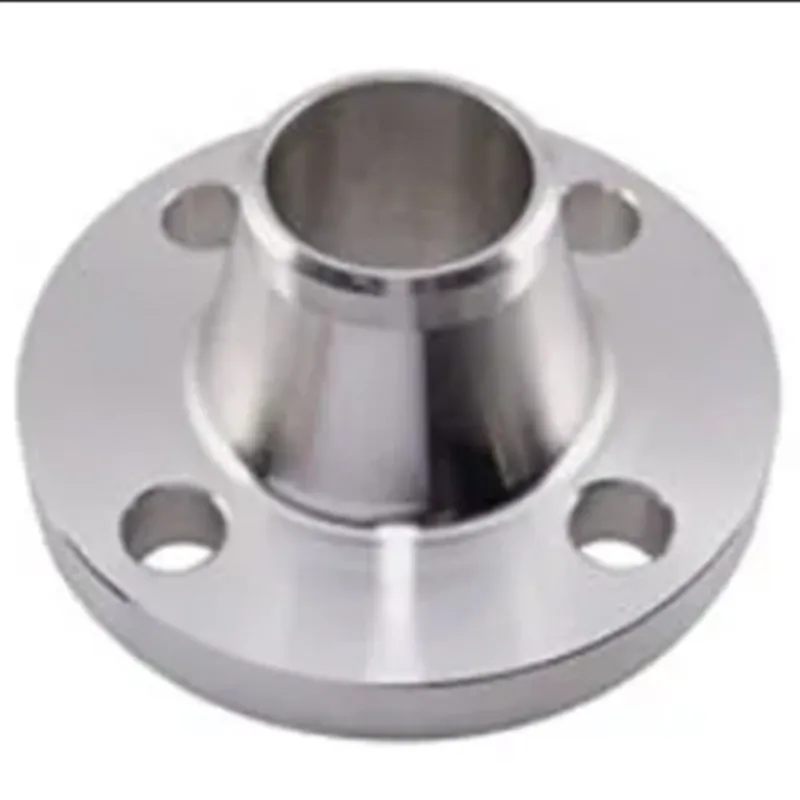-
Cangzhou Yulong Steel Co., Ltd.
-
Phone:
+86 13303177267 -
Email:
admin@ylsteelfittings.com
- English
- Arabic
- Italian
- Spanish
- Portuguese
- German
- kazakh
- Persian
- Greek
- French
- Russian
- Polish
- Thai
- Indonesian
- Vietnamese
- Zulu
- Korean
- Uzbek
- Hindi
- Serbian
- Malay
- Ukrainian
- Gujarati
- Haitian Creole
- hausa
- hawaiian
- Hebrew
- Miao
- Hungarian
- Icelandic
- igbo
- irish
- Japanese
- Javanese
- Kannada
- Khmer
- Rwandese
- Afrikaans
- Albanian
- Amharic
- Armenian
- Azerbaijani
- Basque
- Belarusian
- Bengali
- Bosnian
- Bulgarian
- Catalan
- Cebuano
- China
- China (Taiwan)
- Corsican
- Croatian
- Czech
- Danish
- Esperanto
- Estonian
- Finnish
- Frisian
- Galician
- Georgian
- Kurdish
- Kyrgyz
- Lao
- Latin
- Latvian
- Lithuanian
- Luxembourgish
- Macedonian
- Malgashi
- Malayalam
- Maltese
- Maori
- Marathi
- Mongolian
- Myanmar
- Nepali
- Norwegian
- Norwegian
- Occitan
- Pashto
- Dutch
- Punjabi
- Romanian
- Samoan
- Scottish Gaelic
- Sesotho
- Shona
- Sindhi
- Sinhala
- Slovak
- Slovenian
- Somali
- Sundanese
- Swahili
- Swedish
- Tagalog
- Tajik
- Tamil
- Tatar
- Telugu
- Turkish
- Turkmen
- Urdu
- Uighur
- Welsh
- Bantu
- Yiddish
- Yoruba

Dec . 11, 2024 10:43 Back to list
Installing Galvanized Pipe Fittings for Better Plumbing Performance and Durability
Understanding the Fitting of Galvanized Pipe
Galvanized pipes have been a staple in plumbing and construction for decades. Known for their durability and resistance to corrosion, they are often used for water supply lines, drainage systems, and even for gas lines in some instances. However, like any plumbing system, the effectiveness of galvanized pipes largely depends on how well they are fitted together. In this article, we will explore the importance of proper fitting of galvanized pipes, the tools needed, types of fittings, and some common practices for ensuring a sound installation.
The Importance of Proper Fitting
The primary reason proper fitting of galvanized pipes is essential is to prevent leaks. A leak can lead to water wastage, structural damage, and the potential for mold growth, which can adversely affect health and indoor air quality. Furthermore, improperly fitted pipes can lead to pressure issues that may compromise the entire plumbing system. Therefore, ensuring that each connection is tight and correctly aligned is crucial for the longevity and efficiency of the system.
Tools Required
To fit galvanized pipes correctly, several tools are necessary
1. Pipe Wrench Used to grip and turn the pipes and fittings. 2. Cutting Tool A pipe cutter or hacksaw will help you cut pipes to the required lengths. 3. Reamer This tool is helpful in smoothing the edges of cut pipes to allow for better fitting. 4. Threading Machine For creating threads on the cut ends of pipes, if they are not pre-threaded. 5. Teflon Tape or Pipe Dope Used to ensure a watertight seal between the threaded connections.
Having the right tools on hand simplifies the fitting process and minimizes the risk of damaging the pipes or fittings during installation.
Types of Fittings
Galvanized pipes require specific types of fittings to connect at corners, junctions, or transitions in size
. Some common fittings include- Elbows Used to change the direction of the pipeline, typically at 90 or 45 degrees. - Tees Allow branching off the main line, suitable for creating additional lines without compromising flow. - Couplings Used to connect two straight pipes, available in both regular and slip options. - Reducers Facilitate the connection of pipes of different diameters.
fitting galvanized pipe

Choosing the right fittings is critical for the overall success of a plumbing or piping project.
Best Practices for Fitting Galvanized Pipe
To ensure a secure and safe fitting of galvanized pipe, follow these best practices
1. Measure Carefully Always measure twice and cut once. Accurate measurements will prevent unnecessary waste of materials.
2. Deburr Edges After cutting, use a reamer or file to remove sharp edges. This step is crucial for preventing damage to seals and helping to create a watertight connection.
3. Use Threading Compound When connecting threaded fittings, apply Teflon tape or pipe dope to the threads. This provides an additional layer of protection against leaks.
4. Tighten Appropriately Use a pipe wrench to tighten fittings, but avoid overtightening, which can damage the threads and fittings.
5. Ensure Alignment Always ensure that pipes are aligned properly before securing them. Misalignment can cause undue stress on joints and lead to failures over time.
6. Inspect the System After fitting, inspect the entire system for any signs of leaks, especially at the connections. Early detection can save time and money in the long run.
Conclusion
The fitting of galvanized pipes plays a significant role in the performance of plumbing systems. Proper fitting techniques not only ensure leak-free connections but also contribute to the overall efficiency and lifespan of the piping. With the right tools, fittings, and practices, anyone can successfully fit galvanized pipes, ensuring a reliable and durable plumbing system. Remember that attention to detail during the installation process can prevent costly repairs and enhance the long-term functionality of your plumbing network.
Latest news
-
ANSI 150P SS304 SO FLANGE
NewsFeb.14,2025
-
ASTM A333GR6 STEEL PIPE
NewsJan.20,2025
-
ANSI B16.5 WELDING NECK FLANGE
NewsJan.15,2026
-
ANSI B16.5 SLIP-ON FLANGE
NewsApr.19,2024
-
SABS 1123 FLANGE
NewsJan.15,2025
-
DIN86044 PLATE FLANGE
NewsApr.19,2024
-
DIN2527 BLIND FLANGE
NewsApr.12,2024
-
JIS B2311 Butt-Welding Fittings LR/SR 45°/90° /180°Seamless/Weld
NewsApr.23,2024











